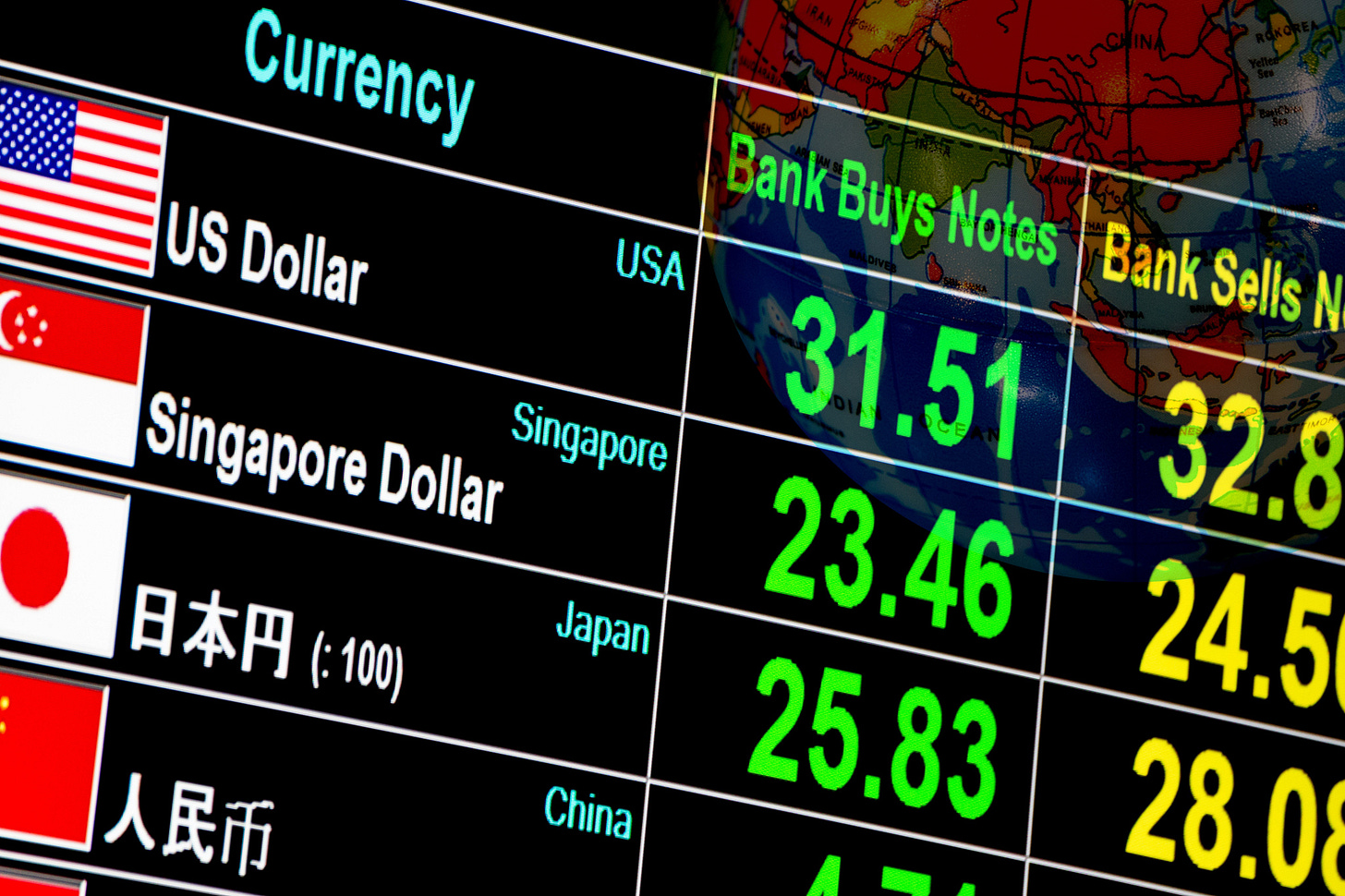The origins of money
The importance of money is hard to dismiss. If we are stranded on a deserted island alone, it would be useful for no more than fuel for our fire. In civil society, however, money is the basis of many social interactions and serves a central role in trade and business transactions.
Money, it is conventional to argue, is a medium of exchange, which has the advantage of eliminating inefficiencies of barter; a unit of account, which facilitates valuation and calculation; and a store of value, which allows economic transactions to be conducted over long periods as well as geographical distances. [1]
The concept of money can be traced back to the third millennium BCE in ancient Mesopotamia, where transactions where recorded on clay tablets. [2] As in modern commercial exchanges, Mesopotamian clay tablets served as a record of the transaction and crystallized the relationship between lender and borrower. More familiar forms of money like metal coins and banknotes take on this same role.
The first known metal coins date to 600 BCE from an area that is modern Turkey. Paper money can be traced back to 11th century promissory notes used in the Sichuan province of China. Sichuan was bordered by foreign states that could be hostile, and to prevent valuable gold and silver from leaking into foreign lands the government required the province to use iron coins. Iron, however, was not a valuable metal making the coins impractical. Instead of toeing around a wagonful of iron coins, Sichuan merchants started writing promissory notes or exchange contracts on primitive paper. These notes were called “jiaozi” and backed by value in coins.
The introduction of paper money brought with it a number of challenges, the solutions to which would evolve into the monetary systems we have today. Jiaozi showed that money is not tangible, it is transcribed. It also exposed the temptation for the issuer (the government) of a fiat currency to print more when needed, and when more money chases the same goods and services it causes prices to rise and the value of the currency to fall. Foreshadowing the fate of many currencies to come, the Chinese jiaozi collapsed within a few decades of being introduced.
No longer was money to be understood… as precious metal that had been dug up, melted down and minted into coins. Now money represented the sum total of total of specific liabilities (deposits and reserves) incurred by banks. Credit was, quite simply, the total of banks’ assets (loans). [1]
Despite the common notion that money comes off of printing presses, banks now create money. In the present-day U.S. monetary system, physical currency—paper notes and coins—accounts for only 10% of the (M2) money supply. [3] The rest (90%) resides in banks as checking and savings deposits, money market mutual funds, and other time deposits (e.g. certificates of deposit or CDs).
By exploiting the fact that only a fraction of depositors need their money at any given time, banks can profitably lend out some of its deposits to borrowers (other banks, organizations, and consumers). This system of fractional reserve banking is linked to central banks which serve as the “first” lender and control the money supply. This proved to allow free capital movements and independent monetary policy, forming the foundation of “money” in the 21st century.
References
[1] Ferguson, N. (2018). The Ascent of Money (10 ed.). New York: Penguin. p. 23.
[2] Nissen, H. J., Damerow, P., Englund, R. K., & Larsen, P. (1994). Archaic Bookkeeping. Chicago: University of Chicago Press.
[3] FRED (2020). Monetary Data. Retrieved August 20, 2020.




